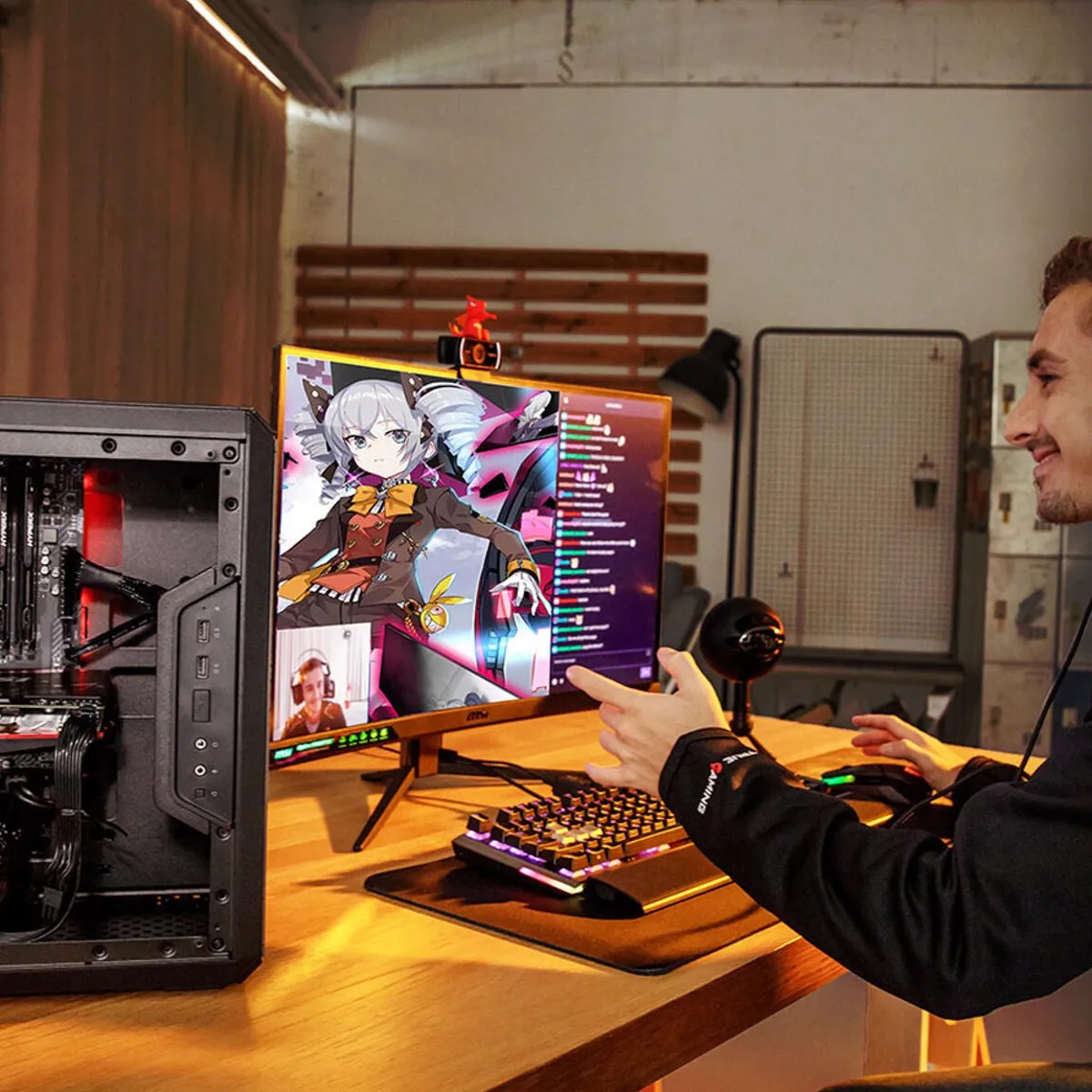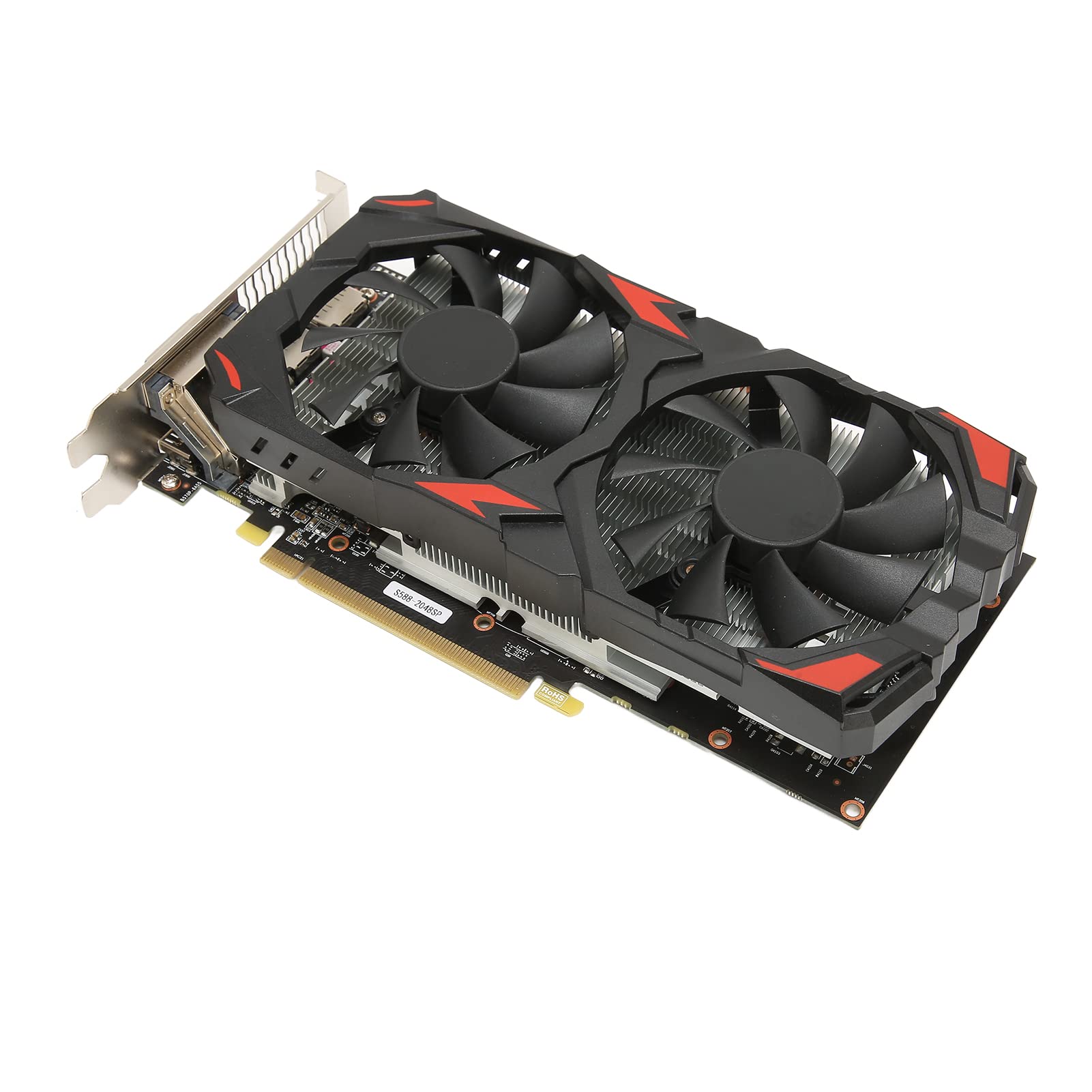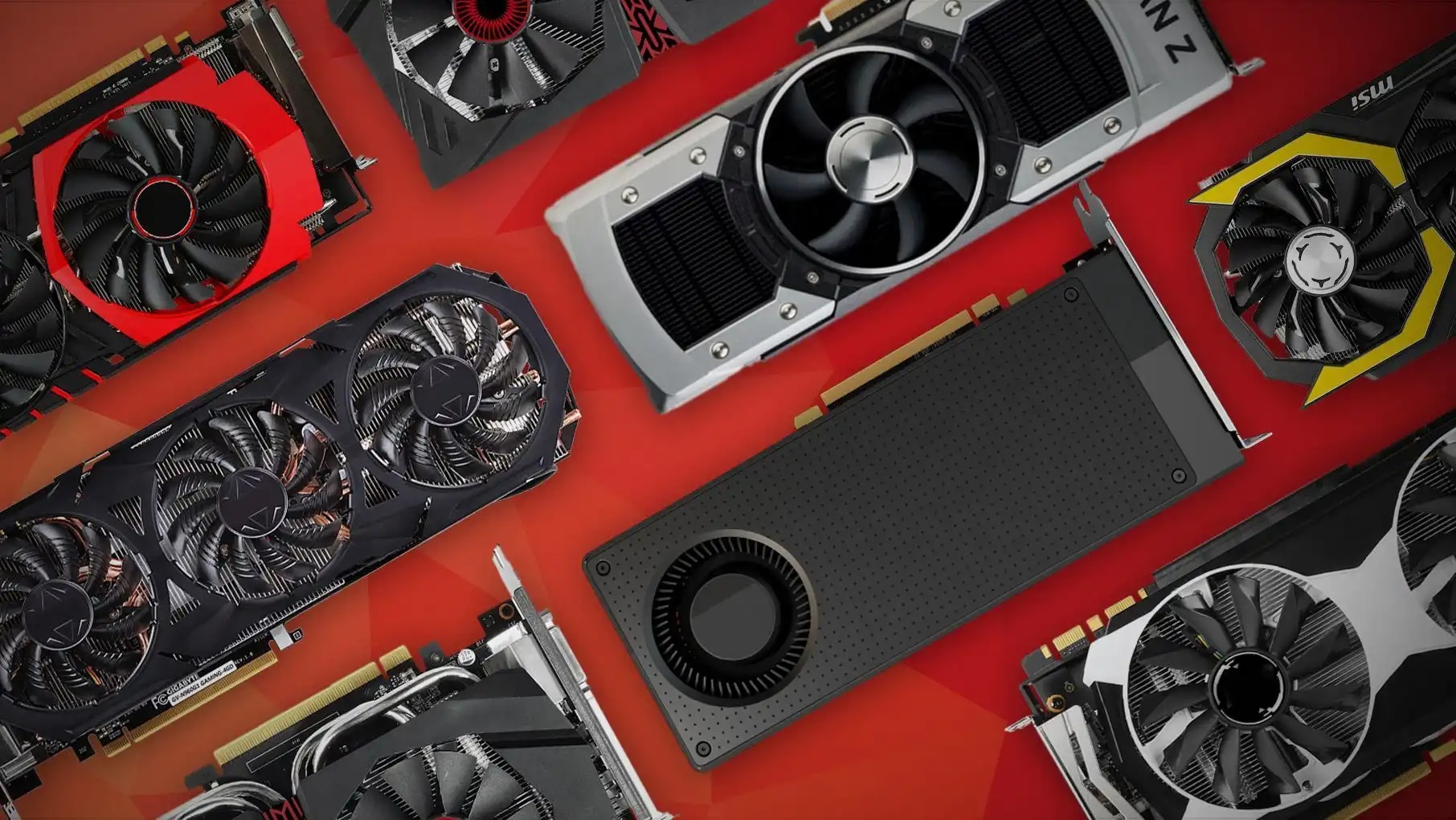Upgrading a gaming PC with a new graphics card (GPU) is a popular way to improve gaming performance and enhance the overall experience. A GPU can be the most impactful upgrade for a gaming rig, affecting frame rates, image quality, and the ability to play at higher resolutions. This article will guide you through understanding market options, choosing the right card, and the installation process to give your gaming PC a significant boost.
Identifying the Best Graphics Card for Your Needs
Analyze Performance Requirements
Before upgrading, assess the type of games you play and the performance you seek. Consider the resolution at which you play games; for instance, gaming at 4K resolution will require a more powerful GPU than 1080p. Look into the recommended system requirements for your favorite games and aim for a card that meets or exceeds these specifications for an optimal gaming experience.
Compare Market Offerings
Research is key when it comes to selecting the right GPU. Factors like price-to-performance ratios, cooling solutions, power requirements, and brand reliability are crucial. Look for recent benchmarks and reviews from trusted sources to compare how different GPUs perform in real-world gaming scenarios. This will help you gauge what level of gaming performance you can expect for your budget.

Preparing for the Upgrade
Checking Compatibility
Ensure that the new GPU is compatible with your existing system. Check the physical dimensions of the card against your case to ensure it fits, and verify that your power supply unit (PSU) has the necessary power connectors and wattage to handle the upgrade. The motherboard should also have the appropriate slot (usually PCIe x16) and enough clearance around it for a new card.
Updating System Drivers
Before installing a new GPU, update your operating system and drivers to the latest versions. This might include chipset, BIOS, and existing GPU drivers. Having up-to-date drivers helps prevent conflicts and ensures your system is ready to accept the new hardware without issues.

Installing the New Graphics Card
Physical Installation Process
Installing the graphics card is typically straightforward. Begin by unplugging your PC and removing the side panel. Next, safely remove the old GPU if one is present. You may have to unscrew it from the case and release it from the PCIe slot latch. Slide the new GPU into the same PCIe x16 slot until it clicks into place and screws it to secure. Lastly, connect any required power connectors from the PSU to the new GPU.
Driver Installation and Setup
Once the GPU is securely installed, power on your PC and install the new graphics drivers. Drivers can be found on the manufacturer’s website and are essential for the GPU to function correctly. Follow the provided instructions during the driver installation process. After a successful installation, adjust the display settings to your preference, and you may also want to fine-tune in-game settings to take full advantage of your new hardware capabilities.

Optimizing Performance Post-Installation
Fine-Tuning for Optimal Gaming
Now with the new GPU installed, it’s time to optimize your system for the best gaming experience. Experiment with different game settings and resolutions to find the sweet spot between graphical fidelity and performance. Tools like NVIDIA’s GeForce Experience or AMD’s Radeon Software can automatically adjust settings for a balanced gameplay experience based on your GPU capabilities.
Monitoring and Adjustments
Monitor your system’s performance using in-game benchmarking tools or external software to ensure your new GPU is performing as expected. Keep an eye on temperatures, frame rates, and any abnormal behaviors. Over time, you may need to dust the inside of your PC, ensure proper airflow, or even tweak settings as game requirements evolve.

Staying Informed on GPU Advances
The graphics card market evolves rapidly, with new models and technologies released regularly. To ensure your gaming PC remains competitive, stay informed about the latest developments in GPU technology and market trends. Subscribe to tech news outlets, follow gaming hardware forums, and participate in community discussions. This will not only keep you well-informed about when to consider future upgrades but also about emerging technologies that could enhance your gaming experience further, such as ray tracing and AI-driven super-sampling techniques.
Budgeting for Your Next Upgrade
A crucial aspect of planning future upgrades, including GPUs, involves effective budgeting. The cost of the top-tier graphics cards can be significant, so it’s wise to set aside a savings plan for your next big investment. Monitor sales, price drops, and second-hand markets for potential savings. Remember, the best upgrade for your rig doesn’t necessarily have to be the most expensive one; it’s about what improves your gaming experience within your budgetary constraints.
Balancing Upgrades with Overall System Performance
While a new GPU can dramatically enhance your gaming visuals and performance, remember that your PC is a sum of its parts. Future upgrades should also consider the balance between the GPU and the rest of the system. A high-end graphics card may be bottlenecked by an older CPU, insufficient RAM, or slow storage. Plan your upgrades with a holistic view of your system. Sometimes, evenly distributing your budget to upgrade multiple components can yield a more satisfying and balanced performance improvement across all types of games and applications.

The Importance of Regular Maintenance
Keeping Your System in Top Shape
Alongside hardware upgrades like a new graphics card, it’s essential to maintain the health of your gaming PC through regular maintenance. Clean the interior to prevent dust buildup, which can lead to overheating and reduce performance over time. Check that all fans are working correctly and replace thermal paste if temperatures become an issue. Additionally, manage your software environment by regularly updating your operating system, clearing out unnecessary files, and defragmenting your hard drive if you’re not using an SSD. These practices can extend the lifespan of your components and ensure they’re running optimally, complementing the performance gains from your new GPU and maintaining peak gaming conditions.
A new graphics card can breathe new life into your gaming PC, allowing you to enjoy the latest games at their highest quality. By understanding your performance requirements, comparing market offerings, ensuring compatibility, and optimizing post-installation, you can make an informed decision that results in a satisfying upgrade experience. Remember to keep your system drivers updated and to regularly maintain your PC to ensure your gaming setup remains at peak performance.
